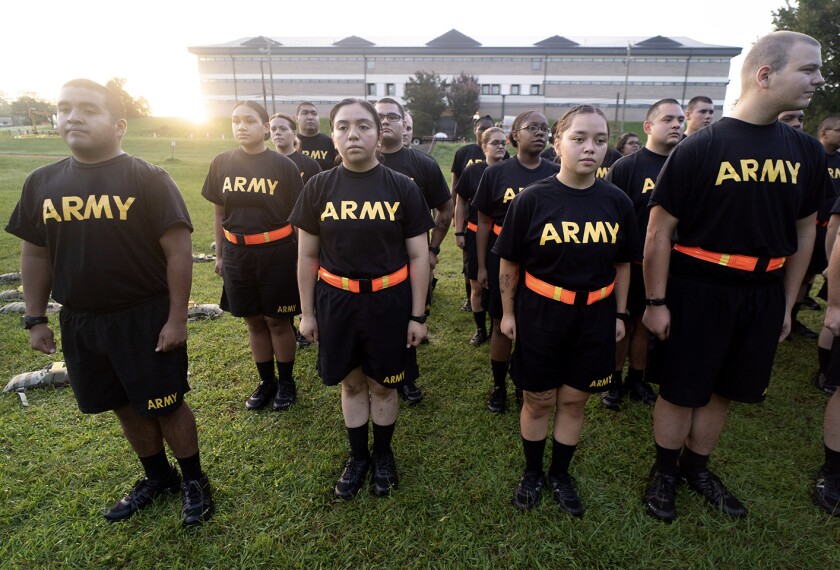As Congress prepares to revamp the federal law on vocational education, the Bush administration has unveiled a proposal that would require career-oriented high school programs to increase their academic rigor and form stronger partnerships with colleges and employers.
The plan has drawn a mixed response from career and technical educators since its release last month. They say it improves upon earlier ideas floated by the administration, but they still worry about its impact on high schools.
The administration’s plan would retool the Carl D. Perkins Secondary and Technical Education Act, which Congress is scheduled to reauthorize this year. The proposal would replace two existing streams of federal vocational funding with a single program for distributing that money, to be known as the Secondary and Technical Education Excellence Program.
Under the plan, states would be required to ensure that school districts receiving federal vocational education money formed partnerships with at least one postsecondary institution, such as a trade or technical college, a university, or an apprenticeship program.
It also would require districts receiving federal money to report several new measures of academic performance—an oft-stated goal of the administration. The reporting requirements would include the academic assessments of students given at some point between 10th and 12th grades required under the No Child Left Behind Act; the percentage of vocational education students taking certain mathematics and science courses; and the percentage of students earning high school diplomas.
|
“Everyone has to be a thinker—not just a pair of strong hands with a willingness to work,” said Susan K. Sclafani, the Department of Education’s assistant secretary for vocational and adult education. “We’re looking at this as a different entity. … All kids need a solid core in academics.”
Late last week, Rep. Michael N. Castle, a Delaware Republican, introduced a Perkins proposal of his own, which would require states to develop academically rigorous sequences of coursework for vocational students. His bill, the Vocational and Technical Education for the Future Act, emphasizes local control of course content and curriculum, and would require links between K-12 and college career-oriented programs.
Bits and pieces of the Bush administration’s plan have floated throughout the vocational education community in recent months. One particularly controversial idea, included in President Bush’s fiscal 2004 budget proposal, would have allowed states to redirect vocational funding toward their Title I programs. That plan was ultimately rejected by Congress, and it did not re-emerge in the administration’s new vocational education proposal, which was released on May 17.
Partners and Standards
Kimberly A. Green, the executive director of the National Association of State Directors of Career Technical Education Consortium, in Washington, credited the administration with working to address objections to its earlier ideas.
“It appears this proposal has a bit more balance,” Ms. Green said.
But Ms. Green said several pieces of the proposal concern her organization, such as the academic-proficiency requirements for vocational students, which she called overly prescriptive.
“Let’s set the bar high, but let’s allow states to figure out how to get there,” she said.
On the other hand, Ms. Green was disappointed to see the administration propose dropping a requirement in current law for vocational programs to report on the technical-skill proficiency of their students.
Assistant Secretary Sclafani said that there was too much variation among states and schools in using those standards, and that the administration did not want to keep that measurement until there was more uniformity to it.
The administration’s proposal would also change the law to allow states to award grants to districts on a competitive basis or through a formula-driven system. Currently, states make those distributions solely through a formula. To receive federal funding under the Bush plan, states would be required to develop their own criteria evaluating applicants for the money.
Christin M. Driscoll, the senior director of public policy at the Association of Career and Technical Education, in Alexandria, Va., wondered whether the emphasis on partnerships between schools and colleges would hurt vocational programs that succeeded in sending students straight from high school into the job market.
“It’s possible that it could limit employment immediately after secondary school,” Ms. Driscoll said.





